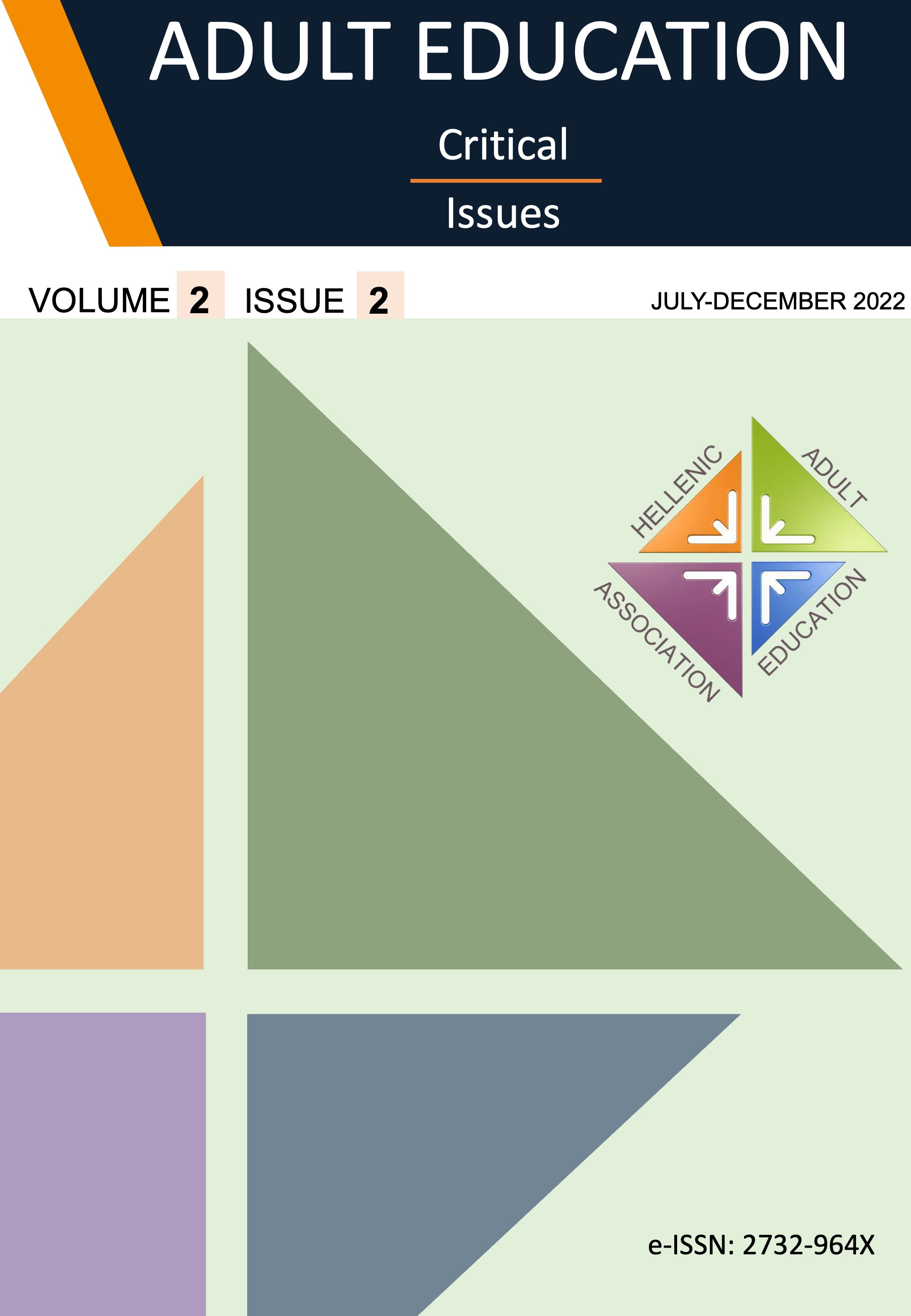Τα graffiti ως μοχλός κριτικής συνειδητοποίησης: μια σύγχρονη εφαρμογή του παιδαγωγικού προγράμματος του Freire
Abstract
Το περιεχόμενο του άρθρου πραγματεύεται το επίκαιρο της παιδαγωγικής προσέγγισης του Paulo Freire. Όπως είναι γνωστό, ο Βραζιλιάνος Παιδαγωγός εισήγαγε για την εποχή του μια πρωτοπόρα προσέγγιση στη μάθηση και τη διδασκαλία που αφυπνίζει πολιτικά, διεγείρει κοινωνικά και απελευθερώνει συνειδησιακά, υπό συνθήκες στοχαστικού διαλόγου. Μέσα από τα κατά παραγγελία σκίτσα που ο ίδιος ο Freire ανέθετε σε σημαντικούς καλλιτέχνες της εποχής του, όπως ο Francisco Brennand, οι ενήλικοι μαθητές σταδιακά, όχι μόνο εξοικειώνονταν στη χρήση βασικού λεξιλογίου, την ανάγνωση και τη γραφή, αλλά, επιπλέον, μέσα από τη διεργασία της κωδικοποίησης και της αποκωδικοποίησης συνειδητοποιούσαν την πηγή της καταπίεσής τους και τα ενδεχόμενα δικαιώματά τους.
Μπορεί να συμβεί το ίδιο και σήμερα; Είναι δυνατόν δημόσια έργα τέχνης να παίξουν αφυπνιστικό ρόλο στη συνείδηση του σύγχρονου πολίτη και πώς; Αυτός ο προβληματισμός αναπτύσσεται στο πλαίσιο του παρόντος άρθρου, λαμβάνοντας υπόψη τη διεργασία της κωδικοποίησης και αποκωδικοποίησης όπως παραδοσιακά ορίζεται από τον Freire (Freire 1974).
Το εικαστικό έναυσμα για την ενεργοποίηση του στοχαστικού διαλόγου στην παρούσα κοινωνικο-πολιτική φάση της ανθρωπότητας αποτελούν σύγχρονα έργα τέχνης- όπως τα graffiti- τα οποία αντανακλούν μια σιωπηρή διαμαρτυρία για τα τεκτενώμενα, προσβάσιμη σε όλους, αφού αποτελούν πλέον αναπόσπαστο μέρος του αστικού τοπίου των μεγαλουπόλεων ανά τον κόσμο. Από την ευρεία γκάμα των graffiti επιλέχθηκε για πρακτική εφαρμογή των αρχών του Freire το έργο του εικαστικού STMTS. Οι δυνατές μεταφορές τους προκαλούν τον παρατηρητή να στοχαστεί για την πραγματικότητα που βιώνει στον σύγχρονο κόσμο.
Article Details
- Come citare
-
Mega, G. (2022). Τα graffiti ως μοχλός κριτικής συνειδητοποίησης: μια σύγχρονη εφαρμογή του παιδαγωγικού προγράμματος του Freire. Adult Education Critical Issues, 2(2), 66–85. https://doi.org/10.12681/haea.31114
- Fascicolo
- V. 2 N. 2 (2022): July - December 2022
- Sezione
- Articles

TQuesto lavoro è fornito con la licenza Creative Commons Attribuzione 4.0 Internazionale.
Authors who publish with this journal agree to the following terms:
- Authors retain copyright and grant the journal right of first publication with the work simultaneously licensed under a Creative Commons Attribution License that allows others to share the work with an acknowledgement of the work's authorship and initial publication in this journal.
- Authors are able to enter into separate, additional contractual arrangements for the non-exclusive distribution of the journal's published version of the work (e.g., post it to an institutional repository or publish it in a book), with an acknowledgement of its initial publication in this journal.
- Authors are permitted and encouraged to post their work online (e.g., in institutional repositories or on their website) prior to and during the submission process, as it can lead to productive exchanges, as well as earlier and greater citation of published work (See The Effect of Open Access).



